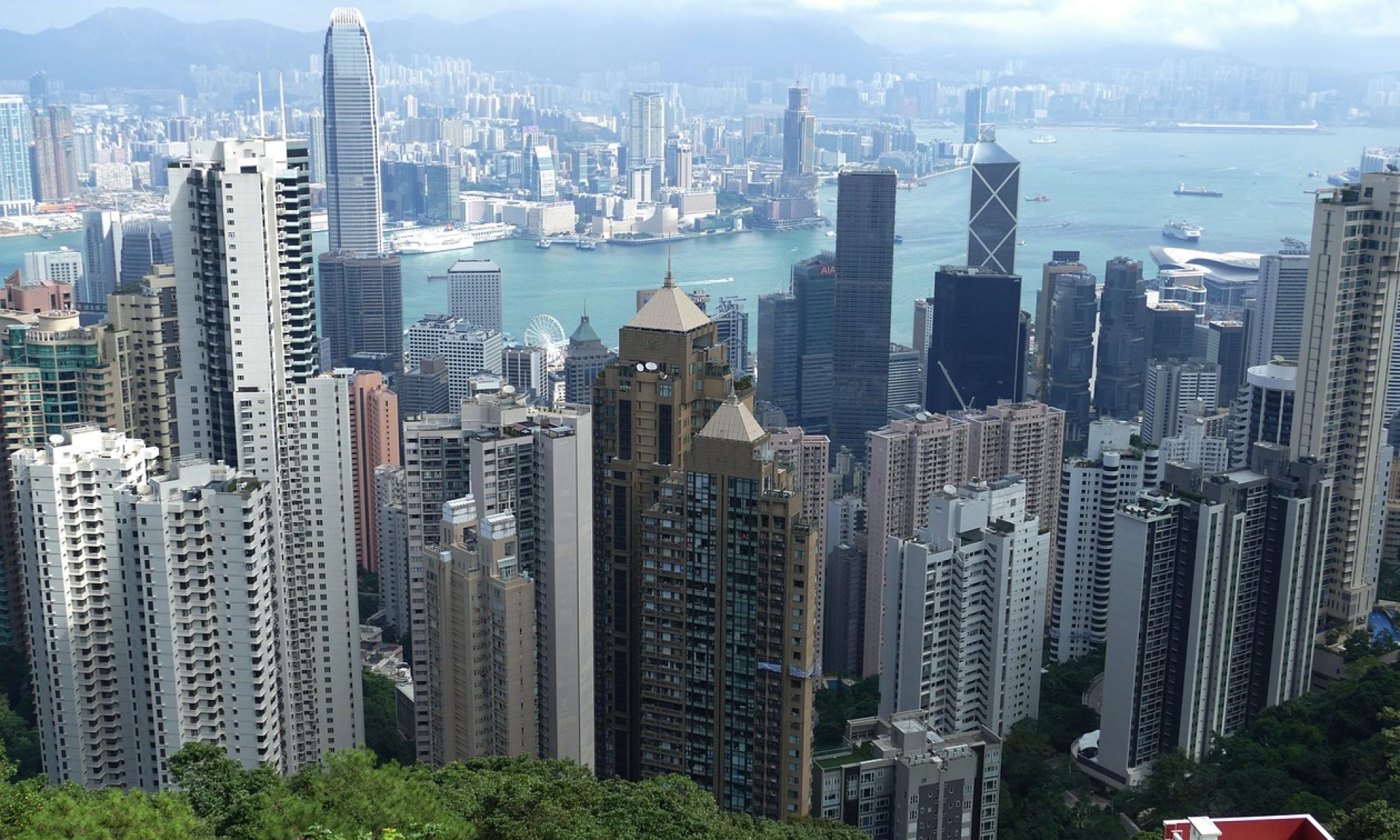The IMF have published a working paper (WP/19/74) by Reda Cherif and Fuad Hasanov called “The Return of the Policy that shall not be named: Principles of Industrial Policy”. They want to explore how to achieve high and sustained growth and look at particular at the “Asian Miracles”.
They observe that there is little support or evidence in favour of traditional industrial policy but also that there are still proponents of greater state planning. But they note that: “The example of Hong Kong illustrates well the contrasting views on what made the Asian miracles. Many argue that its success was due to free-market policies (e.g., Monnery 2017) rather than industrial policy”.
The authors suggest argue that the success of the “Asian Miracles” is based (at least in part) on a “soft” industrial policy – TIP Technology and Innovation Policy. They believe that TIP has three elements:
(i) state intervention to fix market failures that preclude the emergence of domestic producers in sophisticated industries early on, beyond the initial comparative advantage;
(ii) export orientation, in contrast to the typical failed “industrial policy” of the 1960s–1970s, which was mostly import substitution industrialization (ISI); and
(iii) the pursuit of fierce competition both abroad and domestically with strict accountability.
This obviously has very close parallels with Cowperthwaite’s policy mix.
